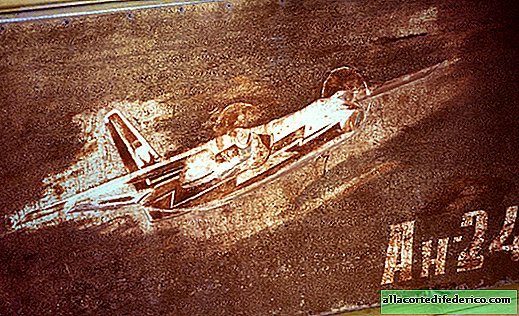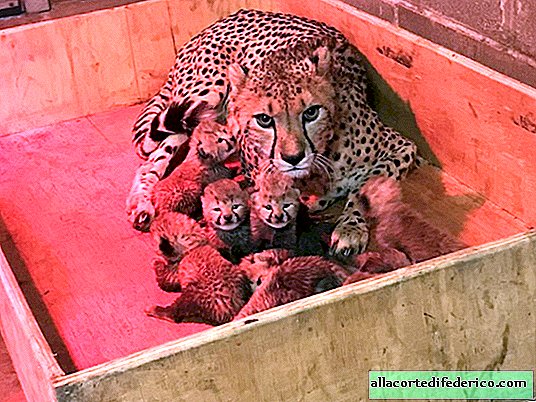A falcon drone scares birds away from the Canadian airport
Birds pose a serious threat to aircraft. One of the recent well-known examples is the case of Airbus, which, due to birds flying into the engines, had to be planted on the Hudson River. This story ended well and became the basis for the film with Tom Hanks. But such luck is one in a million, and you can’t put a pilot at the helm of every plane at the level of a Chesley Sallenberger pilot. Edmonton International Airport in Canada recently began using a falcon in the form of a falcon, which scares away gulls, geese and starlings.
Problem with wings
Due to wildlife intervention, from 1988 to 2015 more than 247 aircraft were destroyed in the world and 262 people were killed. For example, in 2015, 13,795 such incidents occurred, and in 96% of cases, the culprits were birds. Airlines lose hundreds of millions of dollars in repairs every year due to damaged cabin windows, fenders, and engines.

To deal with this problem, use different tactics. Many aircraft have lighting systems for detecting birds. Airports scare birds by shooting with propane guns, dogs, in addition, fill nearby ponds with floating balls to interfere with waterfowl. Some make the neighborhood less attractive to birds: for example, they cut grass or use grass seeds mixed with fungus that birds and insects find inedible.
But the birds quickly adapt to the changes, as well as get used to scare methods that do not threaten their lives.
Falcon drone
Finally, Clear Flight Solutions offered the Edmonton airport a drone in the form of a falcon - Robird. It weighs just 700 grams, including a battery that lasts about 15 minutes of flight. Like a real falcon, Robird flaps its wings to stay in the air. This gives him credibility and scares birds even more.
According to Canadian law, two pilots must control the copter: one controls the drone using a handheld controller, and the other monitors airspace and listens to the air traffic control broadcast. The operating range of drones is 2 kilometers, but due to airport regulations, Robird must remain visible to both pilots at all times.
A computer program allows operators to set flight boundaries with a specific width and height. If for some reason the drone flies abroad, the program automatically turns off the controller, places the drone on autopilot and returns it to the approved airspace.
Previously, Robird was used to drive birds from blueberry fields and landfills, to interfere with their nesting on offshore oil and gas platforms, as well as on cargo containers near seaports. But at the airport this is still the "first swallow".

















